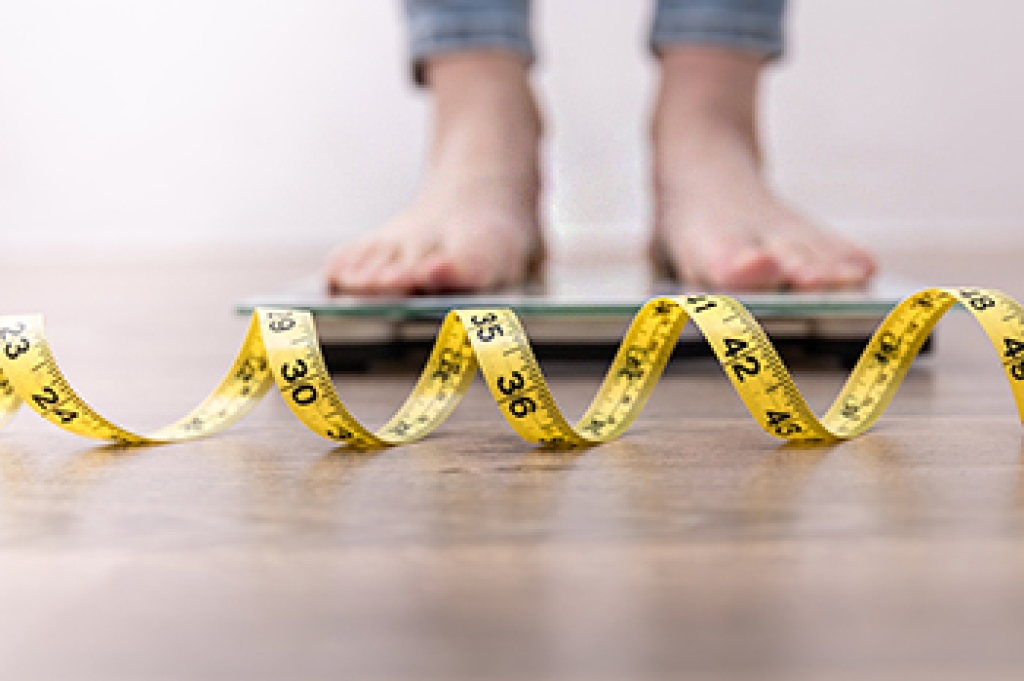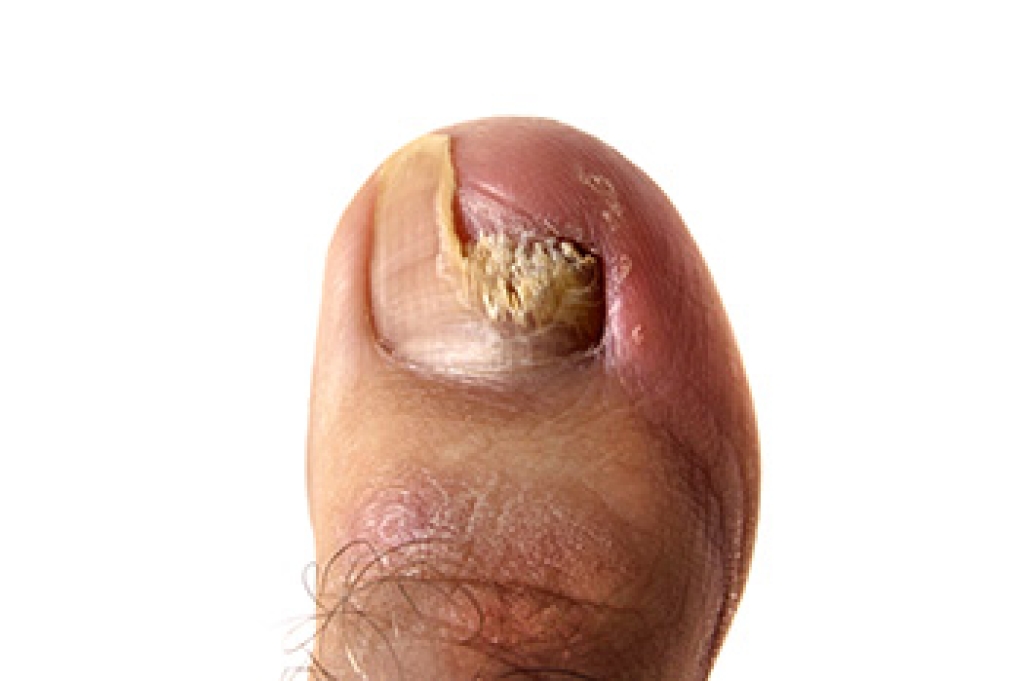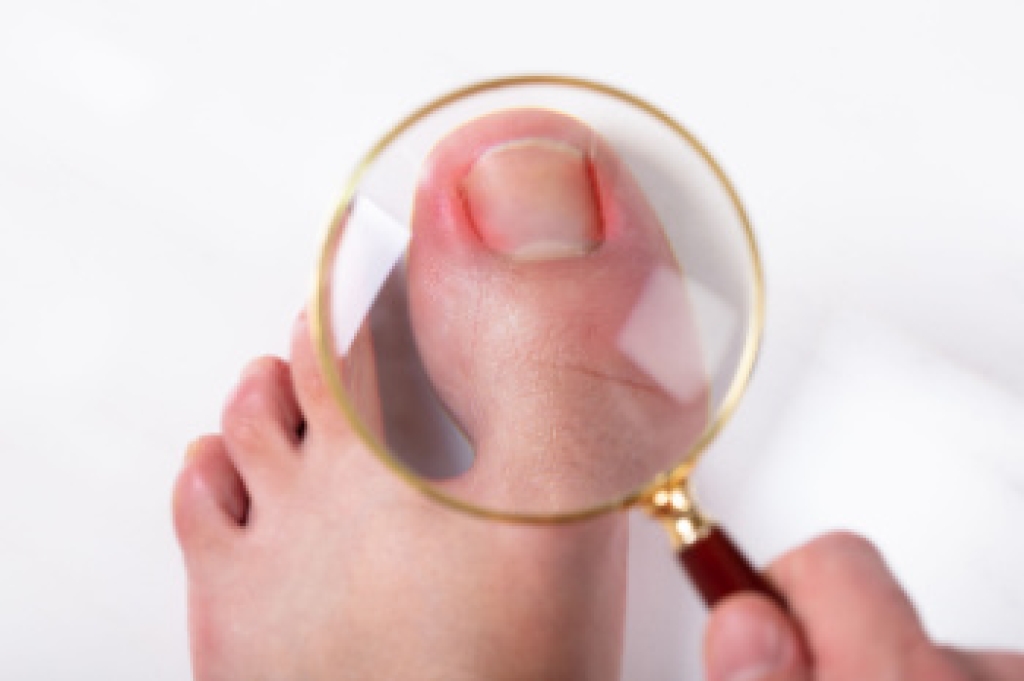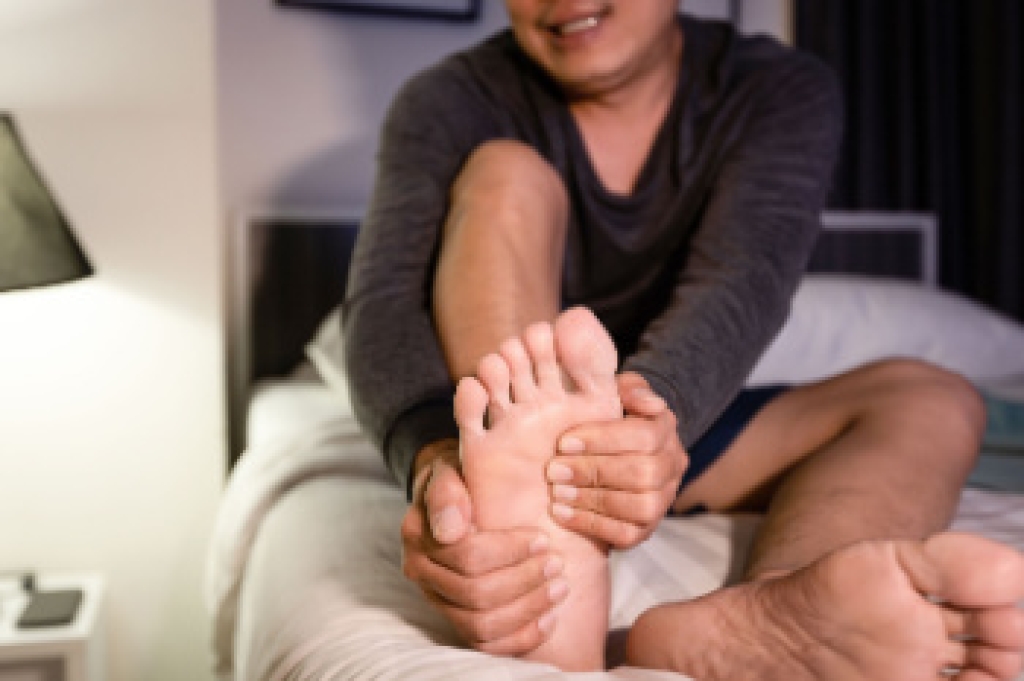
As we age, our feet carry not only the weight of our bodies, but also a lifetime of steps, strain, and change. For seniors living with extra weight, the pressure on the feet can become even more challenging. It is common to experience pain in the heels, arches, or ankles, and conditions like arthritis, plantar fasciitis, or skin problems may become more frequent. These concerns are not simply about weight, but also about comfort, mobility, and quality of life. Supportive shoes, gentle daily movement, and thoughtful foot care can make a big difference. Even small changes, like moisturizing dry skin or checking for signs of pressure or injury, help protect the feet. Podiatrists can offer relief through care that respects each person’s needs and abilities. If your feet hurt or feel tired more often, it is suggested you see a podiatrist for a proper diagnosis and appropriate treatment.
The more you weigh, the harder your feet must work to support your body. If you’re an obese individual and are concerned about your feet, contact Dr. Castillo from Bronx Foot Care. Our doctor can provide the care you need to keep you pain-free and on your feet.
Obesity and Your Feet
People who are overweight are putting more pressure on their ankles, knees, and hips as well as their feet. This unfortunately can lead to variety of different issues.
Problems & Complications Stemming from Obesity
- When the body is overweight, it tries to compensate by changing the way that it moves. An obese person may lean forward and put extra weight on the wrong part of the foot. This puts unnecessary stress on the feet.
- Obese people are also more likely to develop type II diabetes which is a condition that causes a lot of foot problems. People with diabetes often don’t feel the cuts and sores that they may have on their feet, which can lead to more complicated and severe issues.
- Plantar fasciitis is another foot condition that can be caused by obesity. Plantar fasciitis is an inflammation of the tissue along the bottom of the foot, which causes pain and stiffness while walking and climbing stairs.
If you have any questions please contact our offices located in Bronx, NY Yonkers, NY . We offer the newest diagnostic and treatment technologies for all your foot and ankle needs.




